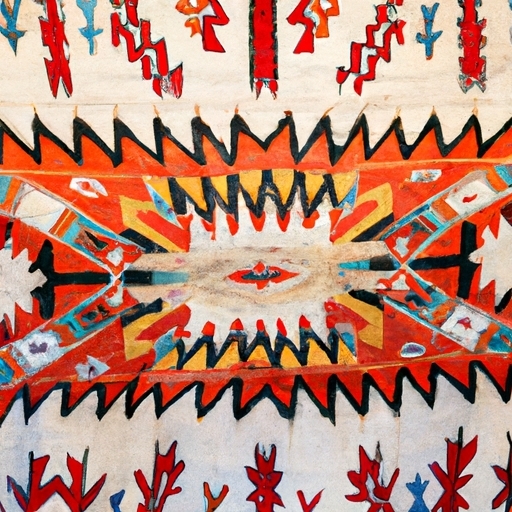
what native american tribe gets paid the most
History and significance of traditional Native American rug designs
Native American tribes across the United States generate income from a variety of sources, including gaming revenues, natural resource businesses, federal grants and contracts, tourism and cultural programs, as well as investments in real estate and other industries. Each tribe has a unique economic profile based on their location, resources, population size, and historical agreements with the government.
When it comes to which Native American tribe gets paid the most, there is no simple answer. The amount of revenue generated by a tribe can vary greatly depending on factors such as the success of their gaming operations, the value of their natural resources, and the level of federal funding they receive. Some tribes have been able to leverage their resources and strategic partnerships to create thriving economic enterprises that bring in substantial profits.
For example, the Navajo Nation in Arizona has one of the largest land bases and populations among Native American tribes in the country. With successful ventures in energy development, agriculture, tourism, and gaming, they have built a diverse portfolio of income-generating businesses that contribute significantly to their overall wealth.
On the other hand, smaller tribes may rely more heavily on federal funding or grants to support essential services for their communities. These tribes may not generate as much revenue from business ventures but still play a vital role in preserving their cultural heritage and providing for their members.
Ultimately, it is important to recognize that each Native American tribe's economic situation is unique and complex. While some tribes may have higher levels of income compared to others due to various factors like geographic location or access to resources; all tribes are working towards self-sufficiency and sustainability for future generations.